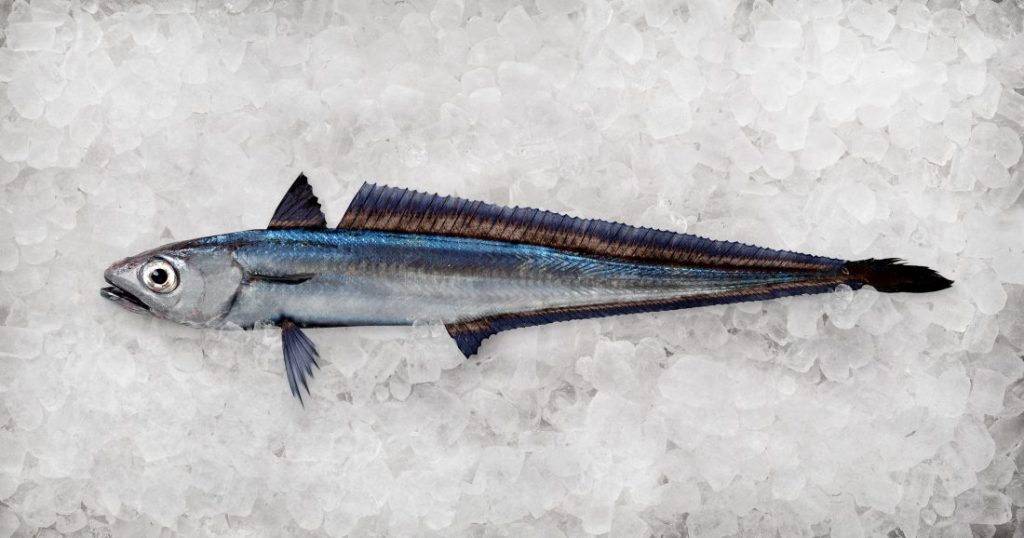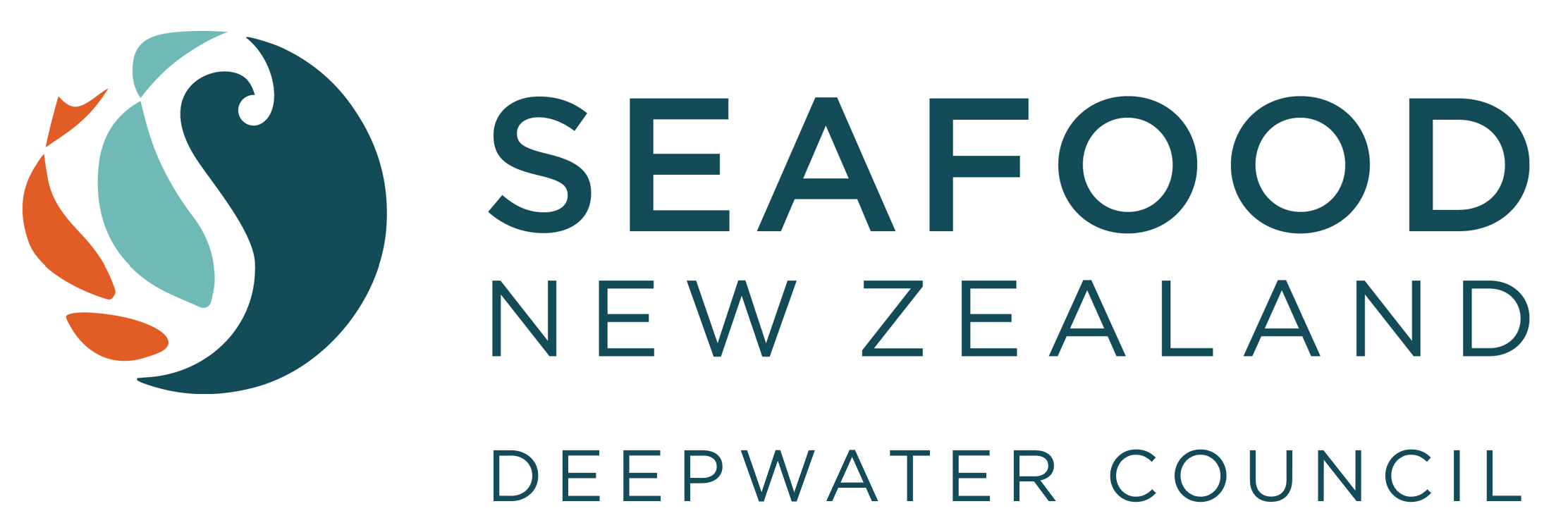MINISTER PROVIDES FOR THE CO-MANAGEMENT OF THE NEW ZEALAND HOKI FISHERY
7 October 2022

During 2022-23, owners of hoki quota have again agreed that the industry will continue to take a conservative approach to the management of this fishery.
In his most recent decision letter, the Minister agreed with this approach, and in recognition of the co-management of the hoki fishery, has provided for the HOK 1 TACC to remain at 110,000 tonnes for the 2022-23 year.
In furtherance of this quota owners have agreed to again implement the following additional conservation measures:
- Collectively hold hoki catches to 100,000 t by shelving 10,000 t HOK 1 ACE
- Reduce the HOK 1 West catch limit from 45,000 t to 40,000 t
- Reduce the HOK 1 East catch limit from 65,000 t to 60,000 t
- Maintain current measures to reduce catches of small hoki
- Continue to support reviews of the science for hoki
- Undertake a Management Strategy Evaluation, based on optimising resource sustainability and the economic returns to New Zealand.
Over the past five or so years, many in the hoki fishery have expressed concerns with aspects of the performance of some of our four hoki fisheries. In 2018, quota owners agreed that there was a problem, particularly with the performance (lack of abundance) of hoki in the WCSI fishery outside of the 25 nm line, and that management intervention was urgently required.
In 2018-19, quota owners agreed to reduce their catches by 20,000 t and they called for Fisheries New Zealand (FNZ) to undertake a fundamental review of the science underpinning the management of these important fisheries.

In continuation of this cautious approach to the performance of the hoki fishery, quota owners agreed to reduce the catch limit by 15,000 t in 2019-20 and by a further 20,000 t in 2020-21. As a result, the industry reduced the hoki catch limit by 37 per cent (from 150,000 to 95,000 t.) over a four-year period. During this period, the Minister reduced the TACC by 23 per cent from 150,000 t to 115,000 t.
At the same time, FNZ is reviewing the science that informs the management of this fishery. Quota owners, working with FNZ, are fully behind this review, and are supporting further by investing in additional science projects. This includes a genetics study using the best available techniques to establish stock structure on hoki in New Zealand waters and a number of analyses on catch composition. DWG is working together with FNZ during 2022-23 to ensure the hoki fishery continues to be one of the best-managed fisheries in the world.
